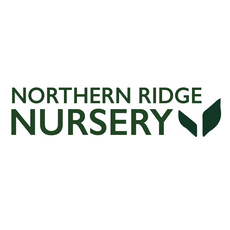Maximizing Your Garden: The Ideal Size of Honey Locust Trees
Welcome to our comprehensive guide on optimizing the size of Honey Locust trees for your garden. Whether you are landscaping a new space or intending to nurture an existing garden, understanding the ideal dimensions for your trees can be pivotal. This blog will delve into the necessary considerations for choosing the right size, care tips, growth management, and the advantages of Honey Locust trees.
Understanding Honey Locust Trees
Honey Locust (Gleditsia triacanthos) is a popular choice for both public and private gardens due to its appealing aesthetic and minimal maintenance needs. Before we discuss the optimal size, let’s explore some key characteristics of these trees:
- Appearance: Known for their airy foliage, Honey Locust trees provide light, dappled shade with leaves that turn a stunning yellow in the fall.
Choosing the Ideal Size for Your Garden
When considering the addition of a Honey Locust tree to your garden, selecting the right size is crucial:
Assess Your Space
Start by evaluating the available space in your garden:
- Measure the total area of your garden and anticipate the maximum size the tree could reach.
Visualize the Mature tree
Understand how the tree's mature size will impact your garden's aesthetics and functionality:
- Use garden software or sketch out the prospective growth to visualize how the tree will integrate with other plantings and structures.
Managing Growth
Proactively managing the growth of your Honey Locust tree ensures it remains healthy and maintainable:
Pruning
Regular pruning is essential to control size and shape:
- Prune during the dormant season to remove dead or overcrowded branches and to maintain structural integrity.
Soil Health and Watering
Maintaining soil health and appropriate watering can significantly influence growth patterns:
- Ensure the soil is well-draining to prevent root diseases and adjust watering based on rainfall, temperature, and soil condition.
Benefits of Properly Sized Honey Locust Trees
A well-chosen Honey Locust tree can offer numerous benefits:
- Ecosystem Services: Provides habitat and food for wildlife, purifies air, and offers shade that can reduce energy costs.
Real Life Examples
Incorporating the experiences of fellow gardeners or landscapers who have successfully grown Honey Locust trees can provide additional insights:
- Casestudy 1: City Park in New York integrating mature Honey Locust trees for natural shade.
Conclusion
Choosing the right size for your Honey Locust tree is not just about measuring dimensions but about envisioning the future landscape of your garden. With proper planning, you can ensure that your garden remains beautiful, functional, and sustainable.
Ready to Plant Your Ideal Honey Locust tree?
Visit our exclusive collection of Honey Locust trees and find the perfect match for your garden today. Enhance your landscape, support the environment, and enjoy the timeless beauty of Honey Locust trees. Shop now and start transforming your garden!










